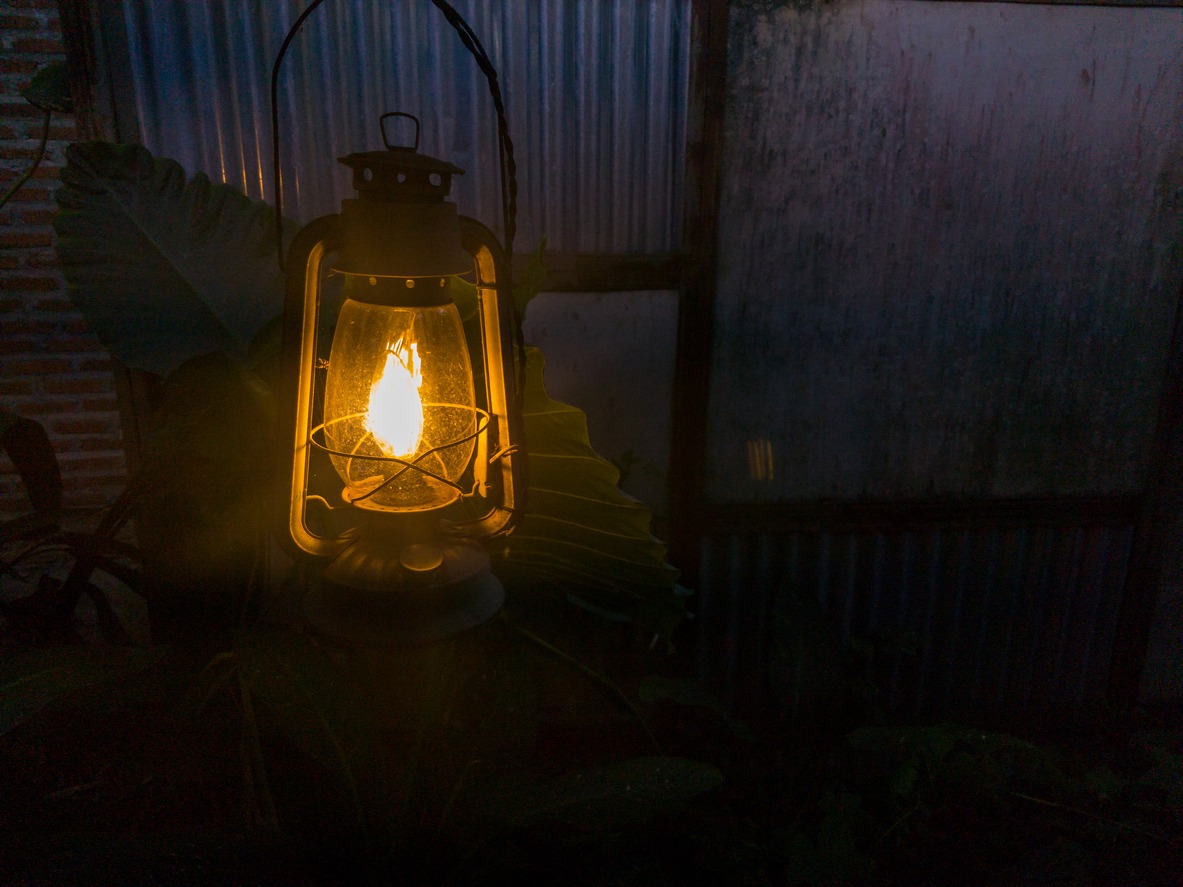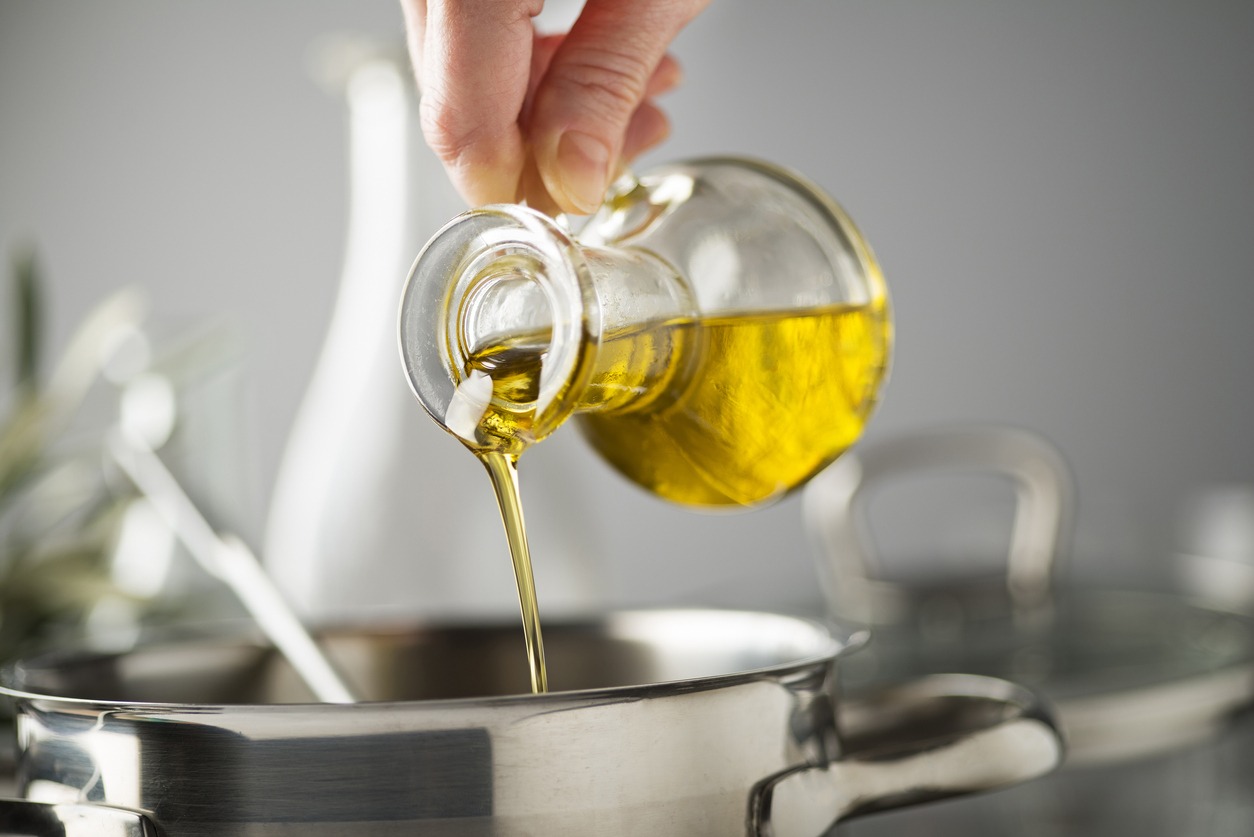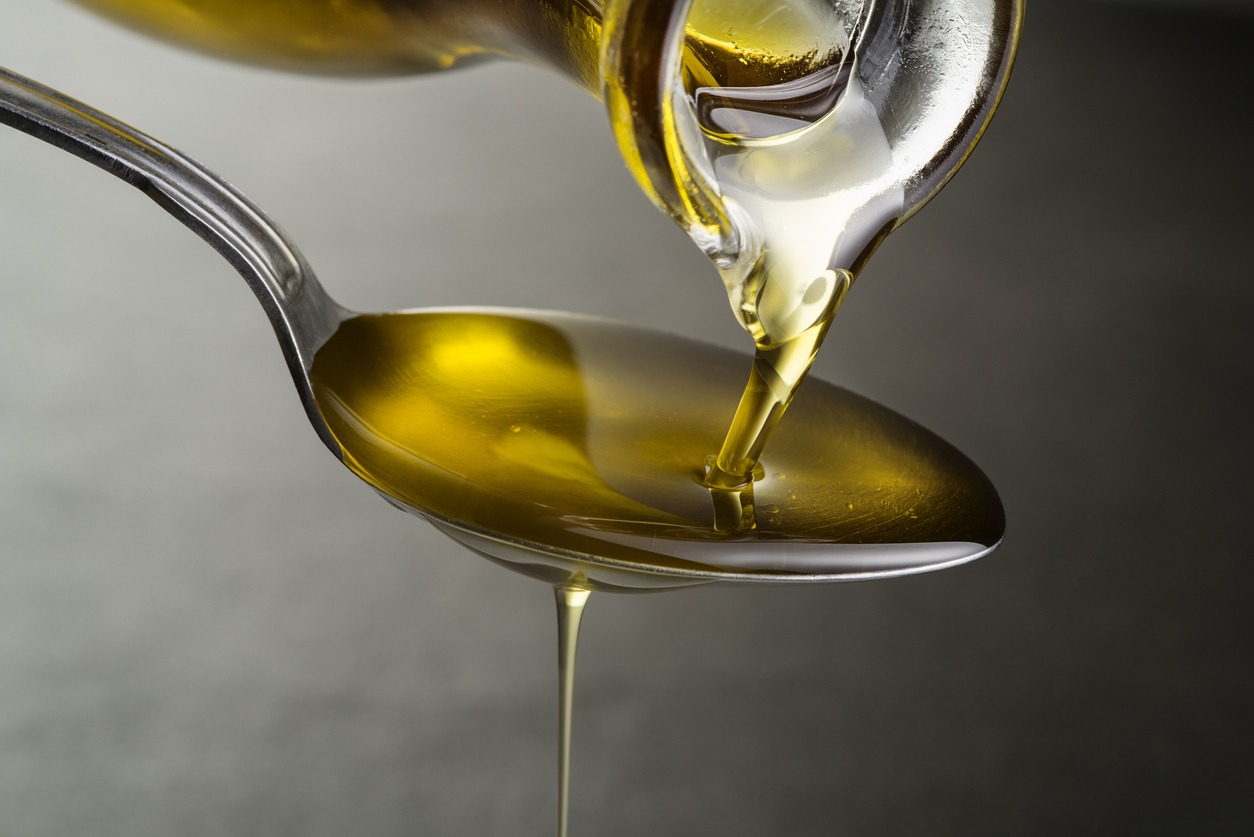Food is one of the things that the vast majority of people have prepared for in the event of a survival situation. On the list of things to store for the future, it’s possible that warmth and light were given a lower priority than other items. When things get crazy, it can be comforting to know which of the stored food oils can be used for these purposes. In this case, knowing which of the food oils can be used for these purposes can add a bit of comfort.
What Makes an Object Flammable?
A substance is said to be flammable if it has the potential to easily ignite, or catch fire, at the temperature of the surrounding air. This indicates that, in actual use, it will catch fire as soon as it is exposed to a naked flame or a spark, and that it does not require any prior heating to do so. The material will not be flammable in the same way throughout its entirety, and in fact, different compositions of the same material can have very different reactions when exposed to a naked flame.
Consider, for instance, the case of wood dust (sawdust). Because each particle is so small, the particles as a whole have an enormous surface area in comparison to their total volume. This results in a very high ratio of oxygen to the surface area when the particles are blown through the air, and as a consequence, wood dust is highly flammable. If you are in a room that is filled with wood dust and someone makes the blunder of striking a naked flame, there is a very good chance that you will be a witness to an inferno as the wood dust explodes and creates a fireball.
Flammable is defined as “easily ignited and capable of burning rapidly; capable of being kindled into a flame,” as provided by Merriam-Webster. In contrast to something combustible, something that is flammable can catch fire simply because of the temperature in its immediate environment or because it has been subjected to an open flame. The vast majority of oils are flammable to some extent.
What Does Smoke Point Mean?
The point at which oil starts to smoke is known as its smoke point. This varies depending on the oil. When it comes to frying, you want to use an oil that has a high smoke point. When frying food in oil that has a low smoke point, the oil is more likely to catch fire, which increases the risk of a fire breaking out in the kitchen. Flaxseed and walnut oils, both of which have low smoke points, should ideally be consumed in their colder forms, such as on salads or blended into smoothies.
Baking calls for oils that have a medium smoke point, such as olive, sesame, and coconut, among others. Those foods that have a high smoke point, such as avocado and peanut, are fantastic for use in deep frying and other applications that require higher heat. If you find yourself in a survival situation, however, any of these can serve as a source of light and heat. Because of their characteristics, some might be more suitable for the purpose at hand than others.
Choosing a Cooking Oil
1. Canola Oil
Canola is a more nutritious option than other oils because it contains a high proportion of unsaturated fatty acids. Additionally, it possesses omega-3 as well as omega-6 fatty acids. Because it has no discernible taste, it can be used for a wide variety of cooking applications; however, because its smoke point is only 204 degrees Celsius, you should avoid using it for deep-frying.
2. Peanut Oil
This golden oil is also known by the name groundnut oil in common parlance. It has a low viscosity, a tasteless aroma (which makes it perfect for cooking), and a high smoke point of 232 degrees Celsius.
3. Extra Virgin Olive Oil
Extra virgin olive oil has a robust flavor that works wonderfully to elevate the flavor of other foods. Because olive oils of high quality tend to be expensive, they are best utilized as a flavor enhancer when drizzled over salads, raw foods, or when used in other culinary applications.
4. Extra Light Olive Oil
Extra light olive oil, not to be confused with extra virgin olive oil or pure olive oil, has a milder flavor and a higher smoke point (242 degrees Celsius), both of which make it suitable for the majority of cooking methods. Extra virgin olive oil has a stronger flavor. Pure olive oil has a lower smoke point.
5. Soybean Oil
The proportion of saturated fat to unsaturated fat in soybean oil is relatively low, while the opposite is true. Because of its low cost and high smoke point (256 degrees Celsius), it is an excellent choice for deep-frying.
6. Sesame Oil
Because it contains a relatively low amount of saturated fat, sesame oil is typically utilized not as a cooking oil but rather as a flavor enhancer. This is primarily attributable to the distinctively nutty aroma as well as the higher price of the product.
7. Sunflower Oil
Polyunsaturated fatty acids constitute the vast majority of sunflower oil’s composition. Because of its low cost and high smoke point of 227 degrees Celsius, it is ideal for use in cooking and frying applications that are performed frequently.
8. Rice Bran Oil
Because of its high smoke point (254 degrees Celsius) and tastelessness, it is an excellent choice for stir-frying and deep-frying.
What Oils Are Effective for Survival Lights?
The fact that cooking oils can also be used for cooking before being repurposed as survival lights is one of the many benefits of using them in this way. As a result, one container of oil can fulfill two different sets of needs. The process can be simplified into placing the desired oil into a container and then adding a wick to the mixture. The possibilities are practically limitless.
Almost any kind of oil can be put to use. Metal, glass, or stoneware can all be used for containers (in some situations, plastic could work, but it must be kept some distance from the fire to keep from melting). Wicks can be crafted from a wide variety of natural materials, including cotton, wool, wood, and others. Even a half-orange peel, with the pulp, removed but the central core of the pith left in place for a wick, can be used as a candle if it is filled with oil and then lit.
Which Oils Start Fires the Best?
Flaxseed or linseed oil burns extremely quickly and at a high temperature, which is one of the reasons why it is not typically used for cooking. This indicates that it can quickly catch tinder, even if the tinder is slightly damp.
A campfire can be started with just a few crumpled pieces of newspaper and some vegetable oil that has been sprayed or poured on it; however, it takes 8 to 12 balls of crumpled newspaper to get the job done properly. Use a small container instead, such as the bottom of a soda can, an old tuna can, or a paper cup.
Alternatively, use a larger container. Put a few ounces of oil in there, and then twist a small piece of paper towel into a wick to light it. Check to see that there is oil on the wick. Put it at the bottom of the fire pit, and then layer logs on top of it, making sure to leave enough space for the fire to burn below while still allowing it to reach the wood. Start the fire and let it burn until the wood starts to catch. In most cases, it takes between three and five minutes for this to start smoking, and a few more minutes for it to catch well.
Tips for Storing Cooking Oil
Even though unsaturated fats are generally healthier for our bodies, they are more likely to become rancid due to oxidation, which is the process of reacting with oxygen. The shelf life of the oil is generally considered to be the longest when it contains a higher proportion of saturated fat, even though this type of fat is associated with a lower level of overall health.
- Keep the lid firmly closed to minimize the amount of oxygen that is exposed.
- Keep the oils you use in the kitchen in a cool, dark cabinet.
- If you keep oil on your countertop, you might want to consider storing it in dark-colored bottles so that it is less susceptible to the heat from the sun.
- It is best not to store cooking oils in containers made of iron or copper because the oils can react with the metals, making the oil unsafe for consumption.
- Take note of the recommended storage periods for the various cooking oils: olive oil should be used within 15 months, peanut oil should be used within 2 years, rice-bran, soybean, and sunflower oils should be used within 1 year, and sesame oil should be used within 2 years (6 months).
- You can extend the amount of time that cooking oil stays fresh by storing it in the refrigerator. However, you should let them sit at room temperature for one to two hours for the oil to return to its normal consistency.
- If you only use oil occasionally in your home cooking, you should get smaller bottles of oil (like 250 ml) so that you don’t have to keep it for an extended period.
As a result of the fact that not all oils are created in the same manner, it is necessary to consider a variety of aspects before settling on oil to use for cooking.


